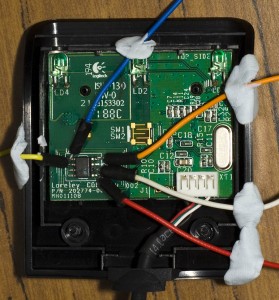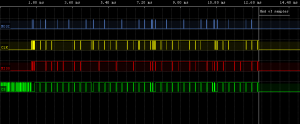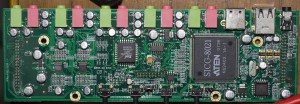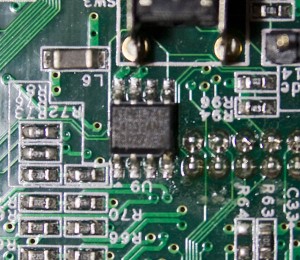Posted in Projects on Jan 9th, 2011
Welcome to Part 2, here we’ll test our implemented code out on the Arduino for a proof of concept. As you’ll recall the Standalone Temperature Logger’s function is to record temperature every x minutes defined by the user and log this to the EEPROM.
The code is fairly simple and will be explained in this post. What hasn’t been coded is my implementation of a simpler 2 Wire protocol as this actually requires an ATtiny85, so I’d like to make sure the code is functional before continuing.
You can download this test on the Arduino here: Standalone Temperature Logger Test on Arduino
Let’s begin.
(more…)
Read Full Post »
Posted in Projects on Jan 3rd, 2011
I plan to build a Standalone Temperature Logger with the minimum components as I can, I’ll be using the ATtiny85 and Arduino software to program it. Firstly I’ll have it run on the Arduino to confirm it’s working, then migrate it to the ATtiny85, make it run on battery and make a PCB of it all. It sounds like a simple concept, but I know there’s going to be more to it that meets the eye.
Design Characteristics
- Use the minimum components possible
- Power the project with batteries
- Specify the logging delay time
- Write temperature to EEPROM on-board
- How to extract data from EEPROM
Now lets go through all these design characteristics.
(more…)
Read Full Post »
Posted in Tinkering on Dec 25th, 2010
So I’m playing around more with the Scanalogic 2 Pro and thought instead of just reading the Logitech LX310 receiver’s EEPROM I would actually probe it and see what’s going on when it starts up. My plan for this post is to make it as simple and easy to follow as possible.

As you might know it’s a ST 95160 16Kbit EEPROM which is uses SPI protocol; I’ve found that SPI is harder to understand and use than two-wire (I2C) protocol. I used the Arduino SPIEEPROM page to assist me as well as the datasheet which once you read parts of it enough times and see what’s happening in the logic actually starts to make sense 😛
Download the complete timeline of SPI communication here: Logitech LX310 Reciever SPI 10Mhz
You’ll need to download the Scanalogic software in order to use the above file. Please note that the ms timeline shown in these pictures may be different to the timeline you download, however all queries are still the same.
Here is an overview of the first 10ms upon connecting to my computer.

What I suspect we see up to the first millisecond is the chip in the receiver is initialising itself by looking at the CS line as it’s going high and low very quickly, plus it could just be the rush of power to it causing the CS to go all funny.
(more…)
Read Full Post »
Posted in Arduino, Tinkering on Dec 22nd, 2010
I thought I’d look into reading data from an EEPROM that is I2C capable from a PCB, the PCB is from a KVM which is a device that allows you to use your keyboard, video (monitor) and mouse on different PCs without switching out the cables.
Below is the PCB and the EEPROM which we’ll be looking at.

If you can make it out it’s a Atmel 24C32A, a 32Kbit EEPROM, datasheet here: atmel 24c32a

(more…)
Read Full Post »
Posted in Teardowns on Apr 24th, 2010
We’ve got another Netgear router to take a look at, it’s the Inside the Netgear DG834 v2 Wireless ADSL Firewall Router which is a similar product to the RP614 except it has wireless.

(more…)
Read Full Post »









